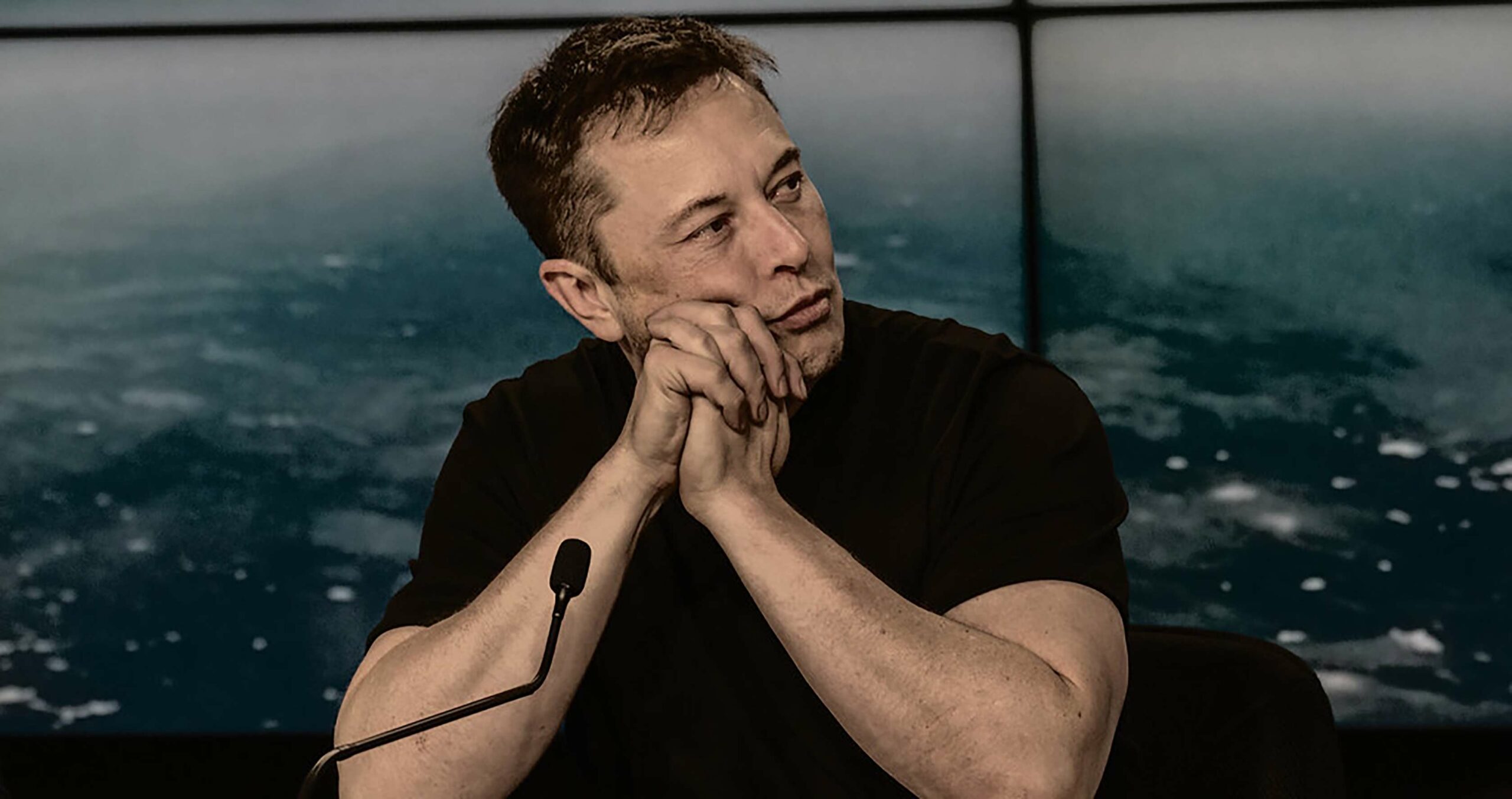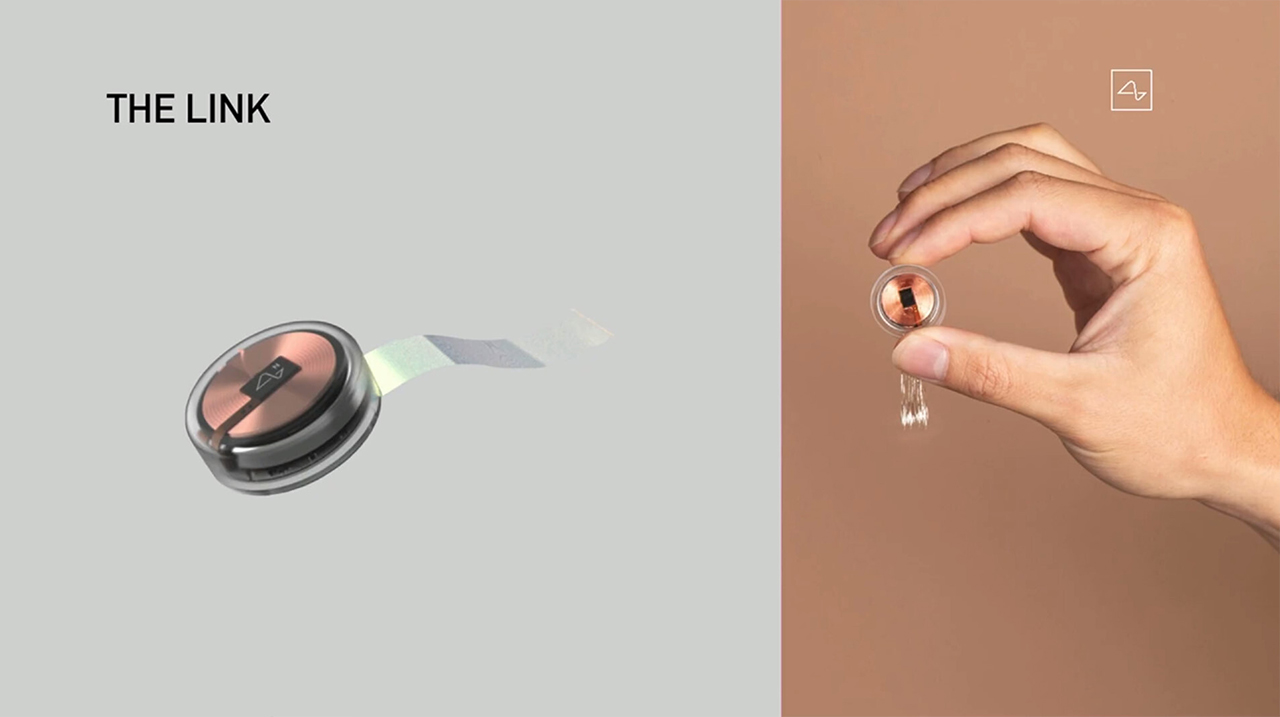
In a live-streamed event on YouTube, Elon Musk showed off a brain-machine interface device from his Neuralink company using pigs.
One of the pigs, named Gertrude, had a Neuralink device recording signals from the areas of the brain linked to her snout. When the snout touched things, an array of dots and noises indicated brain activity. At the time of the livestream, Gertrude had the implant for two months. The Verge notes that pigs have a large area of the brain devoted to the snout, which is crucial to sensing.
Musk’s Neuralink device has changed significantly since it was first shown off last year. It’s now smaller, roughly coin-shaped and designed to sit flush with the wearer’s skull. Previously, the device had a small module near the ear. Musk described Neuralink as a “Fitbit in your skull with tiny wires.” It can pair over Bluetooth Low Energy (LE) with a smartphone app.
The goal of last year’s event, according to Musk, was to recruit more people to join Neuralink. The company currently employs about 100 people, according to The Verge, but Musk hopes to eventually raise that to 10,000. Further, Musk eventually wants to merge human brains with artificial intelligence (AI) — the main reason for making Neuralink, although not the only purpose the device could serve.
Musk says Neuralink could help people achieve what he calls “AI symbiosis.” That would allow the brain to merge with an AI. Musk said that’s “obviously gonna be the future that we want.”
Musk also said he believes the device could help solve various neurological problems. For example, memory loss, strokes or addictions could all potentially benefit from Neuralink. Alternatively, it could act like a Fitbit and monitor a person’s health and warn them if they’re having a heart attack.
Still a ways to go before Neuralink is widely available for people

Of course, there are a few barriers in the way. First, Neuralink has not tested the device in humans. However, the U.S. Food and Drug Administration (FDA) designated Neuralink a ‘breakthrough device,’ adding it to a program that would allow the company to get feedback from the agency throughout the development process.
It’s worth noting that Neuralink didn’t create brain-machine interface devices — they’ve been around and been implanted in people since 2006. Instead, Neuralink’s main contribution to the technology has been thin, flexible wires covered in electrodes to pick up brain activity. The threads have more electrodes than other systems, which allows Neuralink to pick up additional information from the brain. Plus, the flexible wires don’t cause as much damage as the other systems, which rely on stiff needles.
That said, foreign objects degrade over time in the brain, since it’s a corrosive environment. Smaller ones, like the threads, break down faster. One team member at the event said that one of Neuralink’s main challenges would be making sure the device could last for decades in the brain.
Neuralink’s first clinical trials will be in a small number of patients with severe spinal cord injuries to make sure it works and is safe. Musk previously said he hopes to start trials in 2020. Further, Musk said Neuralink will eventually be able to restore full motion in people with spinal injuries by using a second implant on the spine.
For now, Neuralink is restricted to the surface of the brain, which is responsible for functions like movement, vision and hearing.
Neuralink company environment is “chaotic”

Musk says the company wants to recruit robotics, electrical and software engineers to work on the device and refine the surgical process for implanting Neuralink. Currently, the implant process can be done without general anesthesia and in under an hour. Musk hopes it could soon be as safe and simple as Lasik eye surgery.
However, Neuralink has seen a lot of turnover since it launched in 2017 — only two members of the founding team remain. Former employees told Stat News that the company was chaotic. Further, they said researchers were under intense pressure to rush through projects, often given weeks to complete projects that should take months. One employee described the approach as that of a typical tech company with a “move fast and break things” ethos.
Musk says Neuralink will be expensive when it first launches, but he wants to lower the price down to around a few thousand dollars.
Source: The Verge
MobileSyrup may earn a commission from purchases made via our links, which helps fund the journalism we provide free on our website. These links do not influence our editorial content. Support us here.


